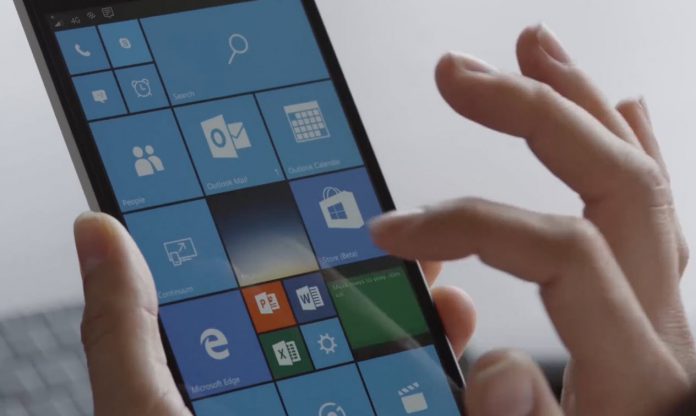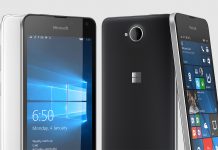The Windows 10 OS Fundamentals Director of Program Management opened the floor to a Q&A session after announcing the Windows Insider Program for Business. He was asked: “What’s the direction for the [Windows 10] Mobile component of the Insider Program?” He replied: “We’ve been flighting Mobile builds now for– actually, since the November Update in 2015. We do not plan to change that, or to stop that. And you’ll see – today, we are still flighting Mobile builds, subject to quality, subject to those release promotion criteria, and we fully expect to keep doing that beyond the release of the Creators Update.” The Windows 10 Creators Update will be launched this spring, with April the most likely month. Microsoft has already confirmed that it will release a Windows 10 Mobile build of the Creators Update. Last year, the company decided to stop making its Lumia smartphones. This move put serious doubt over Windows 10 Mobile as a platform. Lumia handsets made up over 90% of total Windows Phone sales, so without them the platform would lose market share. More worryingly, if Microsoft was not making hardware, why would OEMs have faith in an OS that is failing? Those concerns have been shown to be largely accurate. Windows 10 Mobile continues to bleed customers and OEM support was stagnant during 2016.
Windows 10 Mobile Support
Karagounis confirms Microsoft’s continued support beyond the Creators Update. However, he doesn’t actually say how long the company will keep maintaining the platform. Worried Windows 10 Mobile users may be able to rest easy. As we have mentioned before, the company has plans for the platform beyond its current situation. Indeed, Microsoft is willing to have a losing OS as it attempts to create something that will appeal to the next generation. As we reported last October, Microsoft Executive Vice President of Windows and Devices Terry Myerson explained why Windows 10 Mobile remains an important part of the company’s plans. “Technically, there are really two things that are unique about Windows Mobile,” Myerson said at the time. One is cellular connectivity and the other one is the ARM processors that are there. And I think both cellular connectivity and ARM processors have a role in the technical landscape of the future. So we’re going to continue to invest in ARM and cellular. And while I’m not saying what type of device, I think we’ll see devices there, Windows devices that use ARM chips. I think we’ll see devices that have cellular connectivity.”




